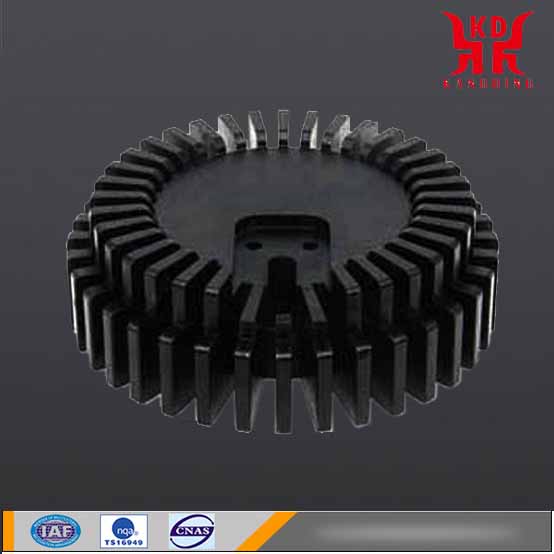Thermal inducements mainly come from the external high temperature environment, including external fire, poor battery heat dissipation, etc. At high external temperatures, due to the characteristics of the lithium-ion battery structure, decomposition reactions such as SEI membranes and electrolytes will occur. The decomposition products of the electrolyte will also react with the positive electrode and the negative electrode, and the battery separator will melt and decompose. Various reactions lead to the generation of a large amount of heat. The melting of the diaphragm causes an internal short circuit, and the release of electrical energy increases the heat production. This cumulative and mutually reinforcing destructive effect will cause the explosion-proof membrane of the battery cell to rupture, the electrolyte will be sprayed out, and the combustion will start. A good power battery heat dissipation system can solve this problem, and a good air-cooled or water-cooled heat dissipation design can quickly cool the electric power battery.

According to the test data obtained by the water-cooling plate manufacturer, when the battery cell temperature reaches 135℃, the diaphragm starts to melt and the voltage drops; 150℃ battery voltage drops rapidly; When the temperature reaches 245℃, the diaphragm completely collapses, and the battery will catch fire and explode. Therefore, keeping the temperature of the power battery below 100°C can effectively ensure its safety.
In order to keep the power battery within a safe temperature range, in addition to strengthening the battery design of the power battery. The technical heat dissipation designers of radiator manufacturers generally strengthen the BMS battery management system and battery heat dissipation management system to solve this problem. From the perspective of battery design, materials can be developed to prevent thermal runaway and block the reaction of thermal runaway; From the perspective of battery thermal management, different safety levels can be defined according to different temperature ranges, so as to carry out hierarchical alarms; For the heat dissipation management system, professional thermal design of the battery is required, including water-cooled plates, piping, and many other aspects.
The power batteries of new energy electric vehicles currently launched on the market all include a thermal management system, which uses air-cooled or water-cooled heat dissipation solutions to effectively dissipate the power batteries. For car users, ensuring good usage habits can effectively eliminate thermal inducements, such as avoiding direct sunlight on the vehicle and not placing flammable materials in the vehicle. At the same time, pay attention to the battery temperature information on the dashboard or central control screen at any time, whether there is an alarm prompt, etc.
In terms of the power battery cooling system, different cooling solutions should be developed for different types of batteries. There are generally three types of batteries: square batteries, cylindrical batteries, and soft-pack batteries. KangDing Thermal Energy is a first-class provider of cooling solutions. It is possible to formulate heat dissipation system solutions for power battery packs, motors, and controllers from different battery types. It has provided heat dissipation technical service support for many auto manufacturers such as BYD, Geely, and Liuzhou Automobile.








